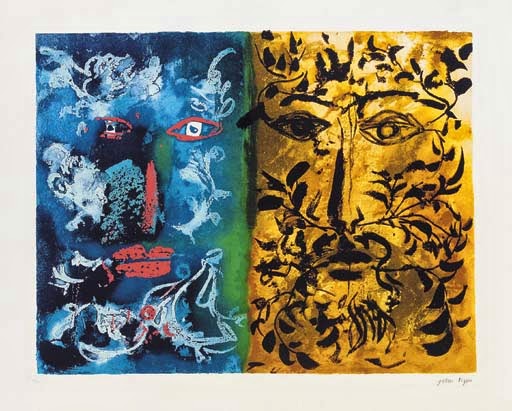“The
yellow butterflies would invade the house at dusk”
Gabriel Garcia Marquez, One
Hundred Years of Solitude
South
American author Gabriel Garcia Marquez died recently at the age of 87. I
remember his books were an inspirational gift and a must-read for myself and
other illustrators back in the 1980s because of the rich visual imagery he
conjured with his words. His style of writing - known as magic realism, was a
blending of the everyday with fantastical elements. In his most famous work One
Hundred Years of Solitude, published in 1967, a host of yellow butterflies would
follow the character Mauricio Babilonia. Yellow butterflies were one of his
most famous literary images, and he used this device in more than one story,
where clouds of yellow butterflies would precede a forbidden lovers’ arrival.
Yellow was also his favourite colour, he adored yellow roses and used this
colour in his writing as a metaphor for change and destruction.
I
was delighted to see these recent pictures of his memorial service in the Palace
of Fine Arts building, Mexico City (his adopted home), and others in his
Colombian birthplace, where they celebrated his life and memory with yellow
roses and released clouds of yellow paper butterflies. A joyous and fitting tribute to a unique literary voice.















































